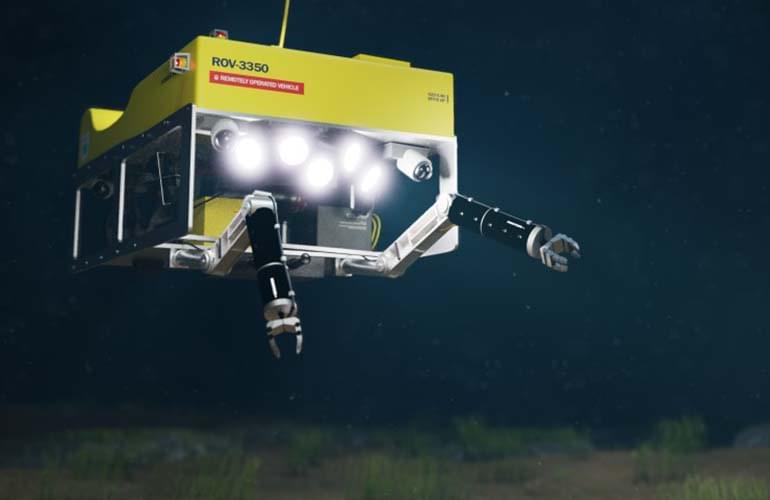Researchers at the Stevens Institute of Technology used a customized BlueROV2 robot to explore a busy harbor at the U.S. Merchant Marine Academy in New York. | Source: Stevens Institute of Technology.
Underwater environments can be particularly challenging for autonomous robots. Things are constantly moving and changing, and robots need to figure out where they are without relying on GPS data.
Researchers at the Stevens Institute of Technology have created a robot that is able to successfully navigate a crowded marina underwater. The robot is able to map its environment, track its own location and plan a safe route through a complex environment in real-time, simultaneously.






